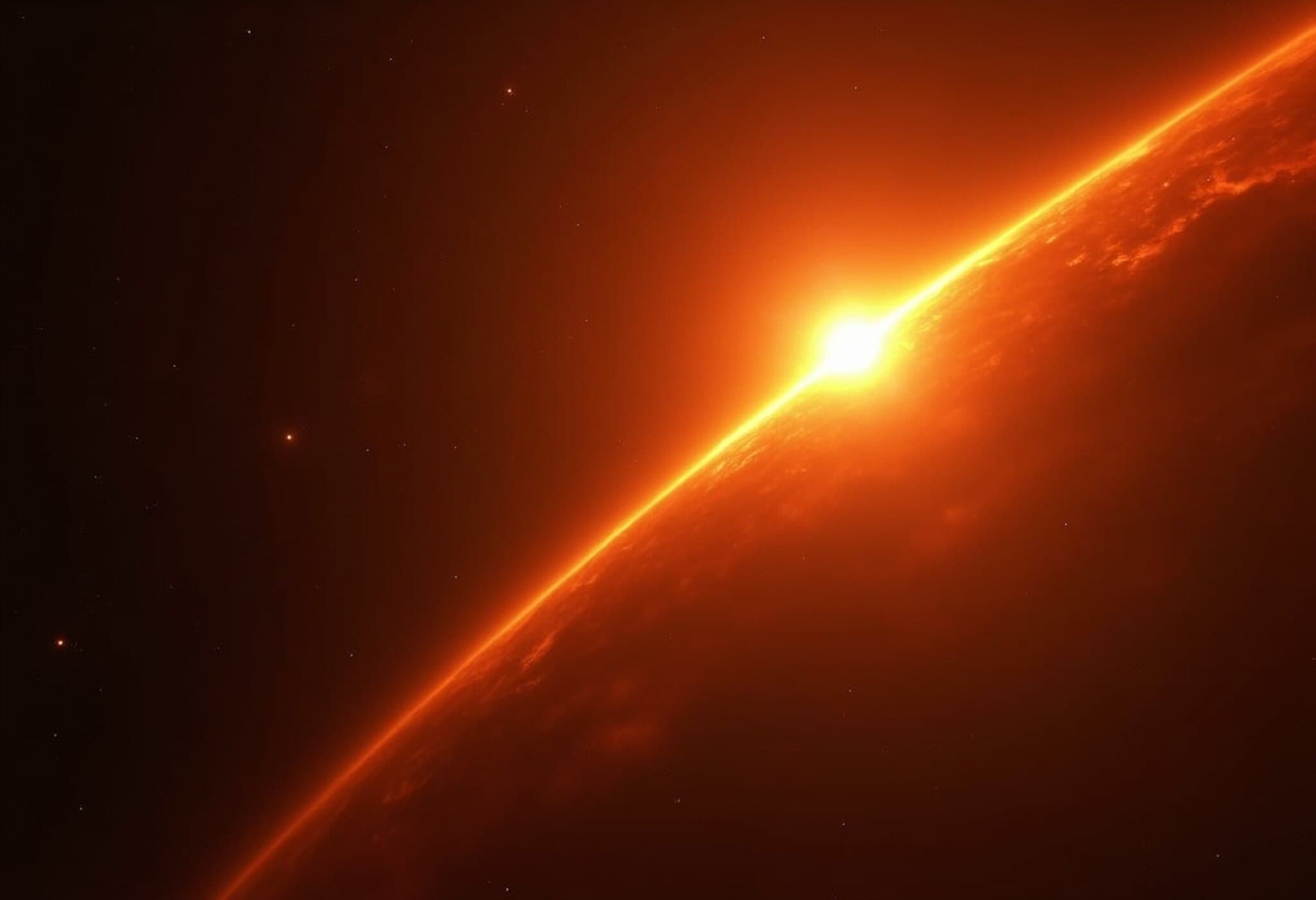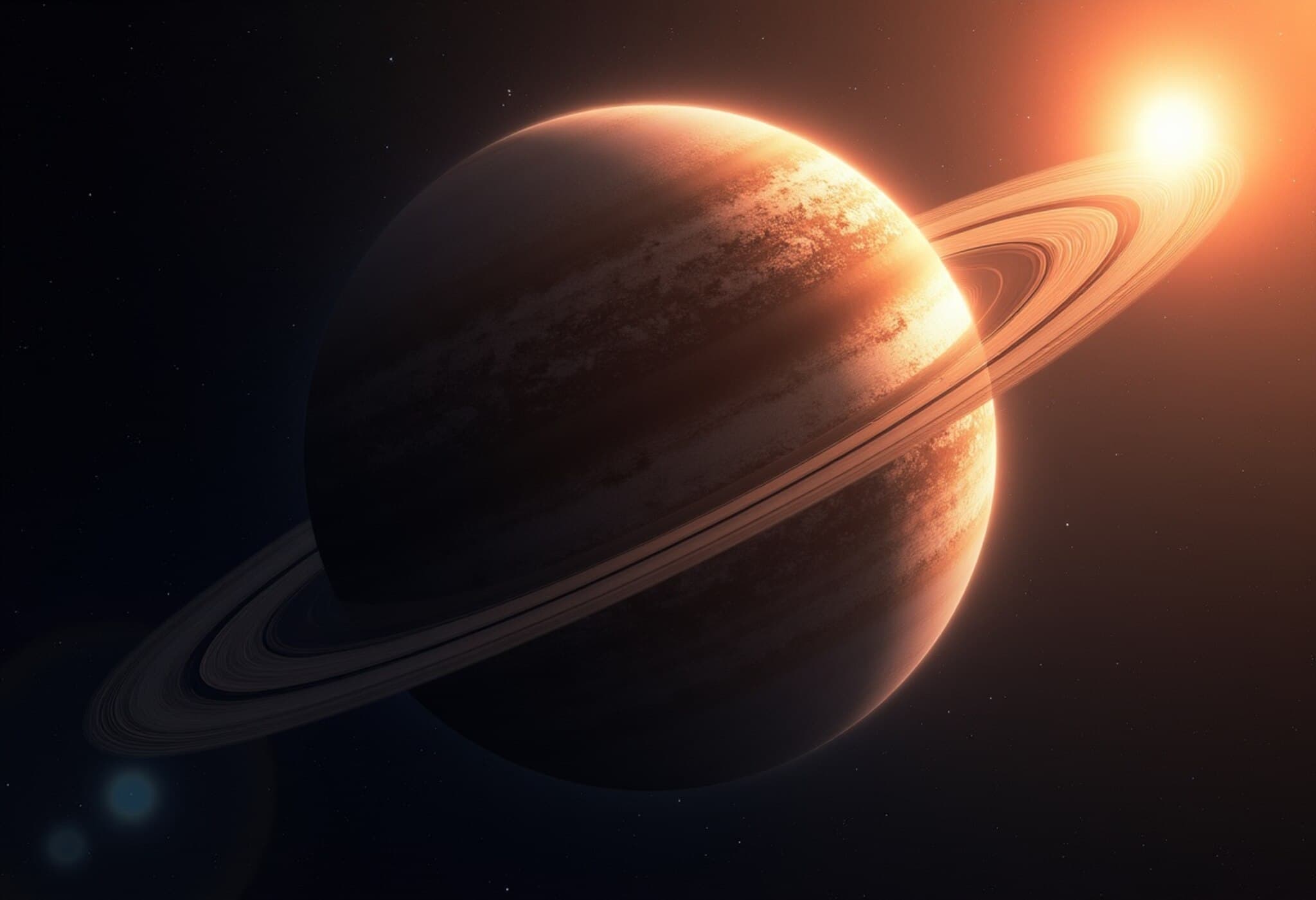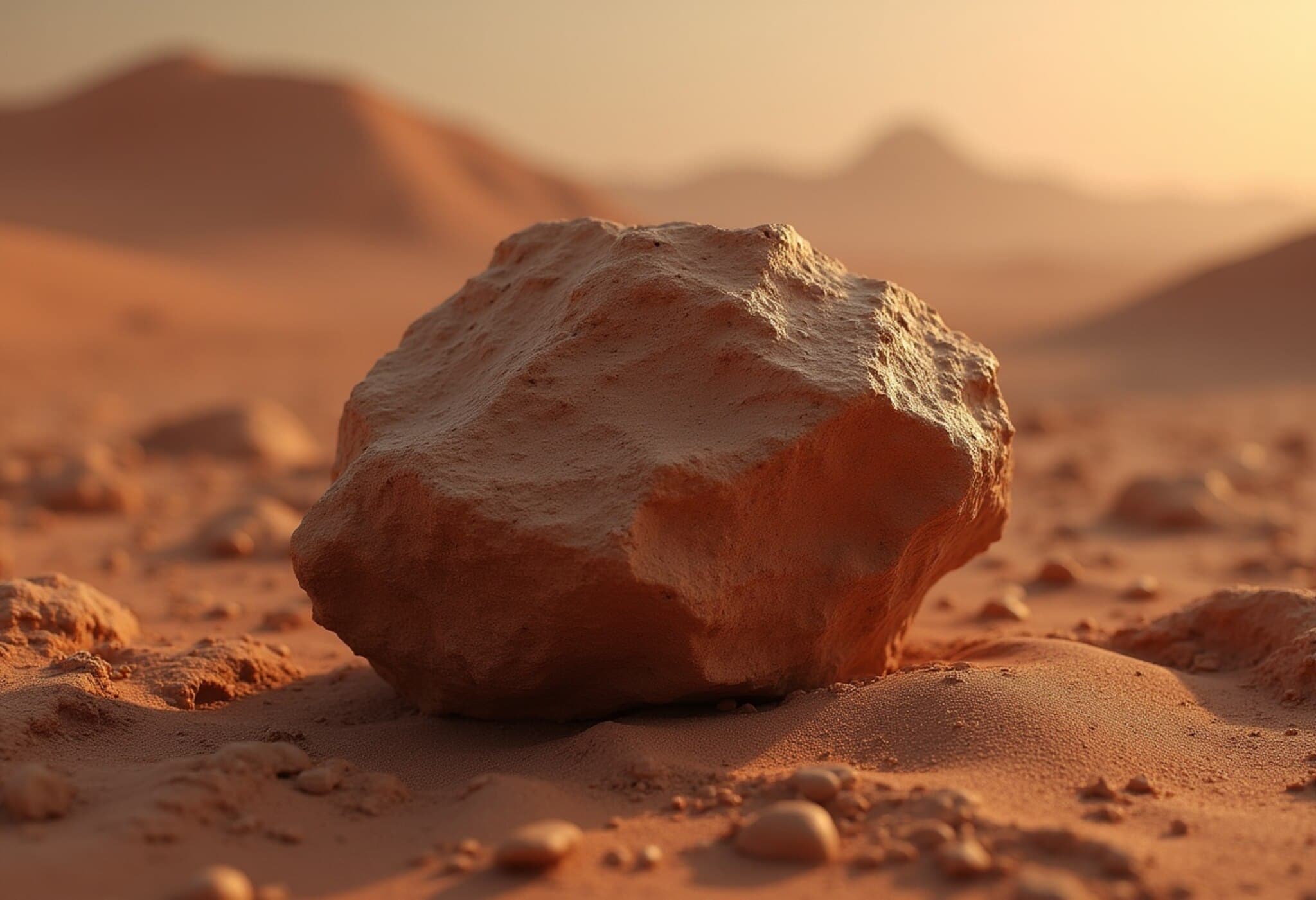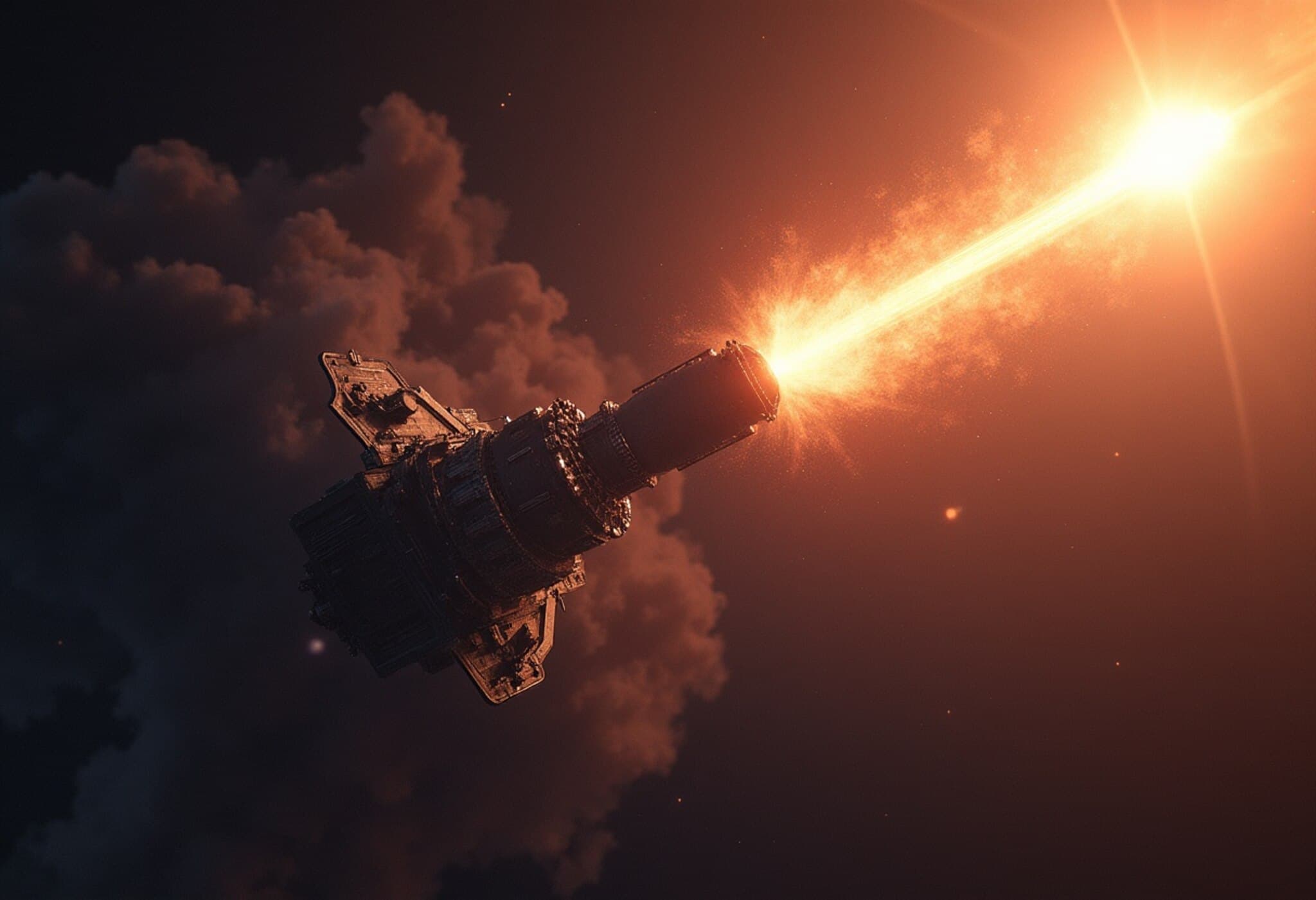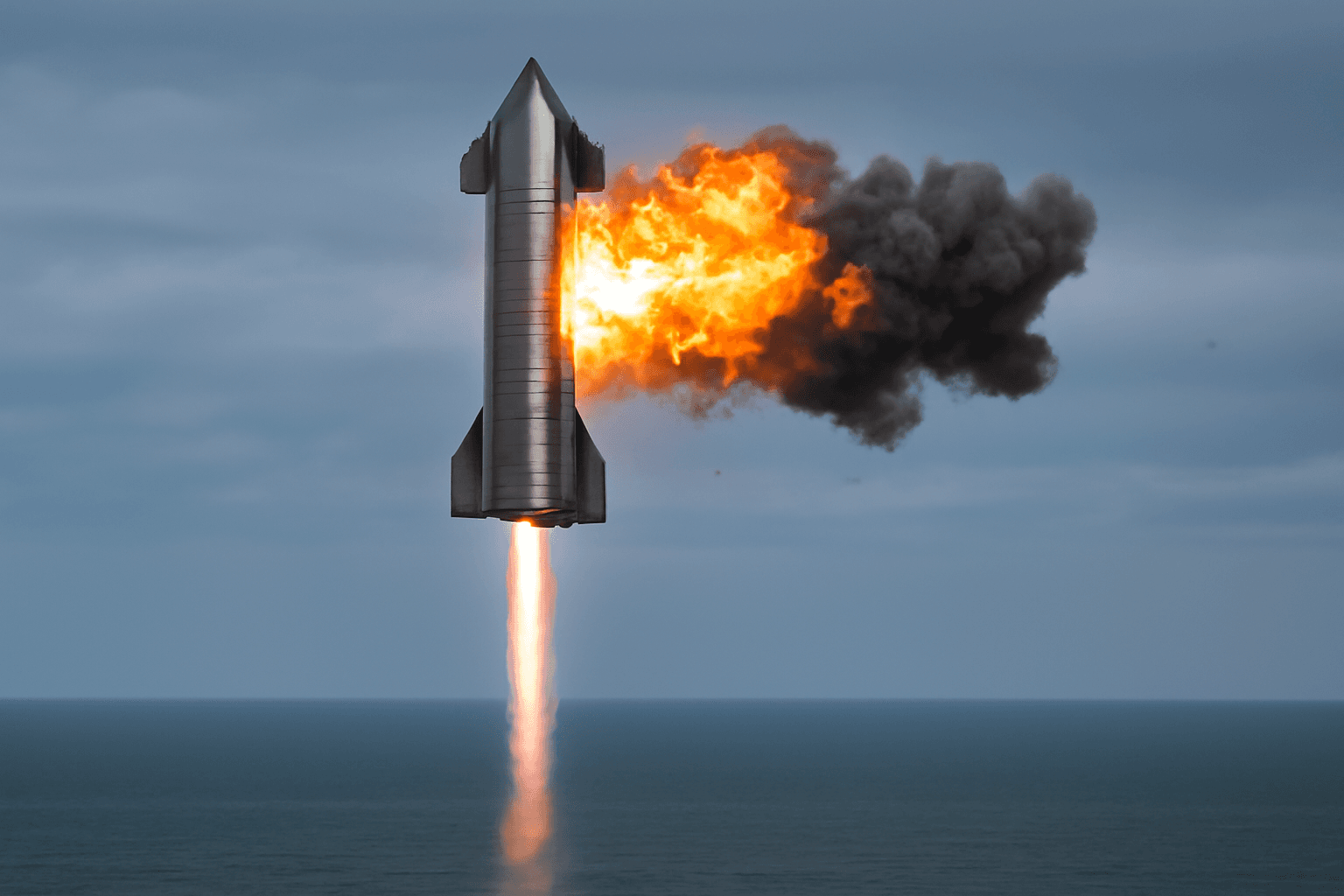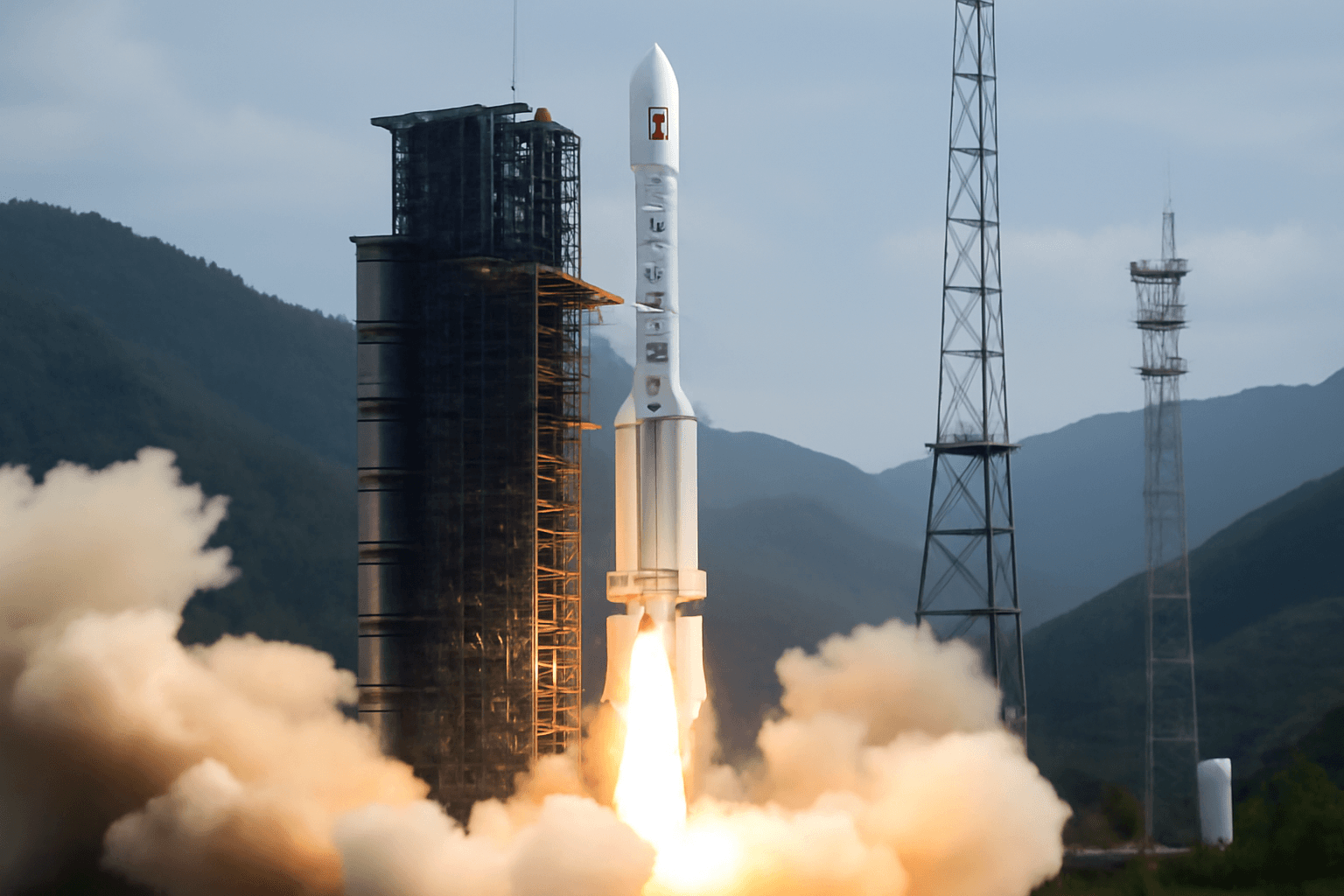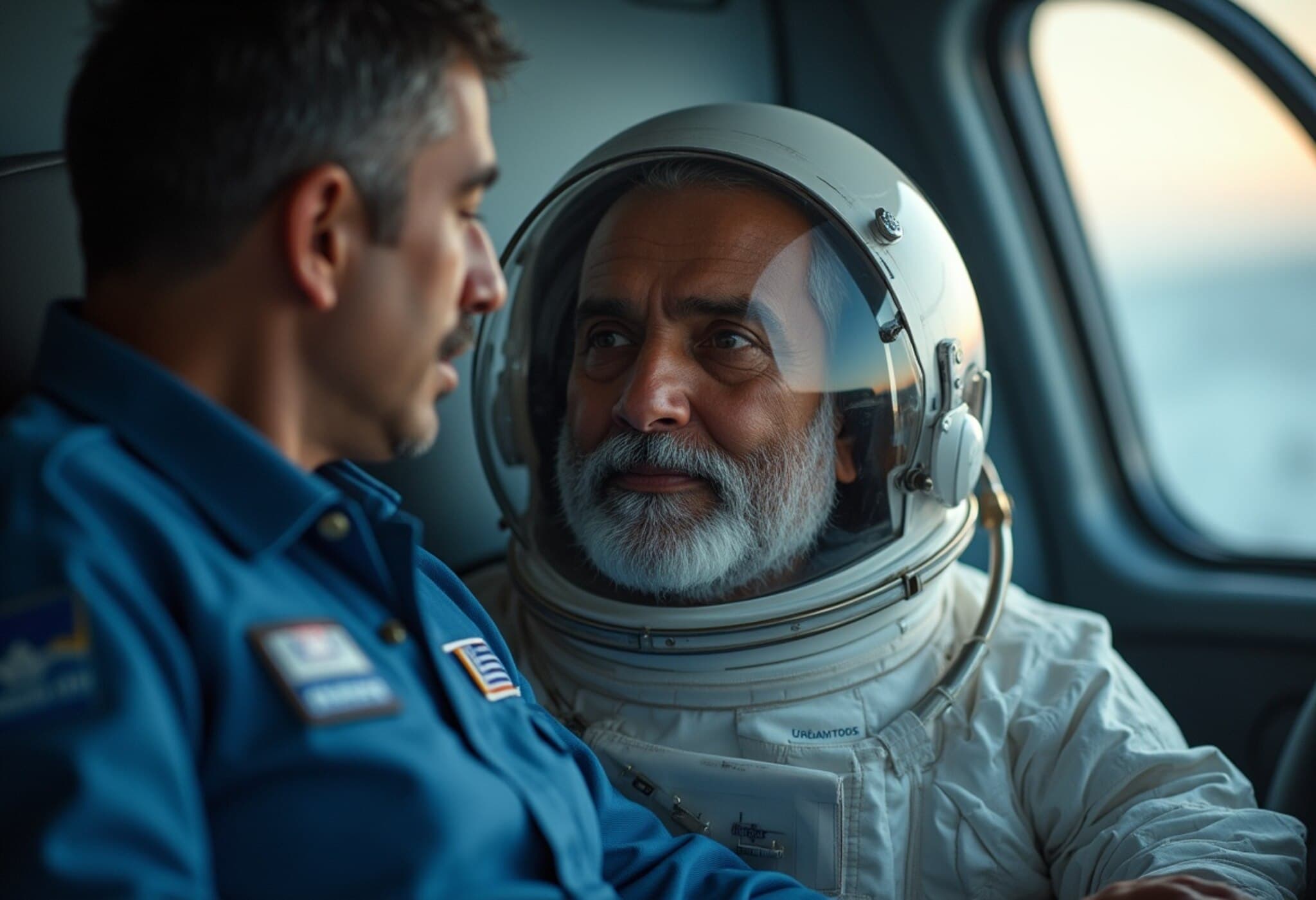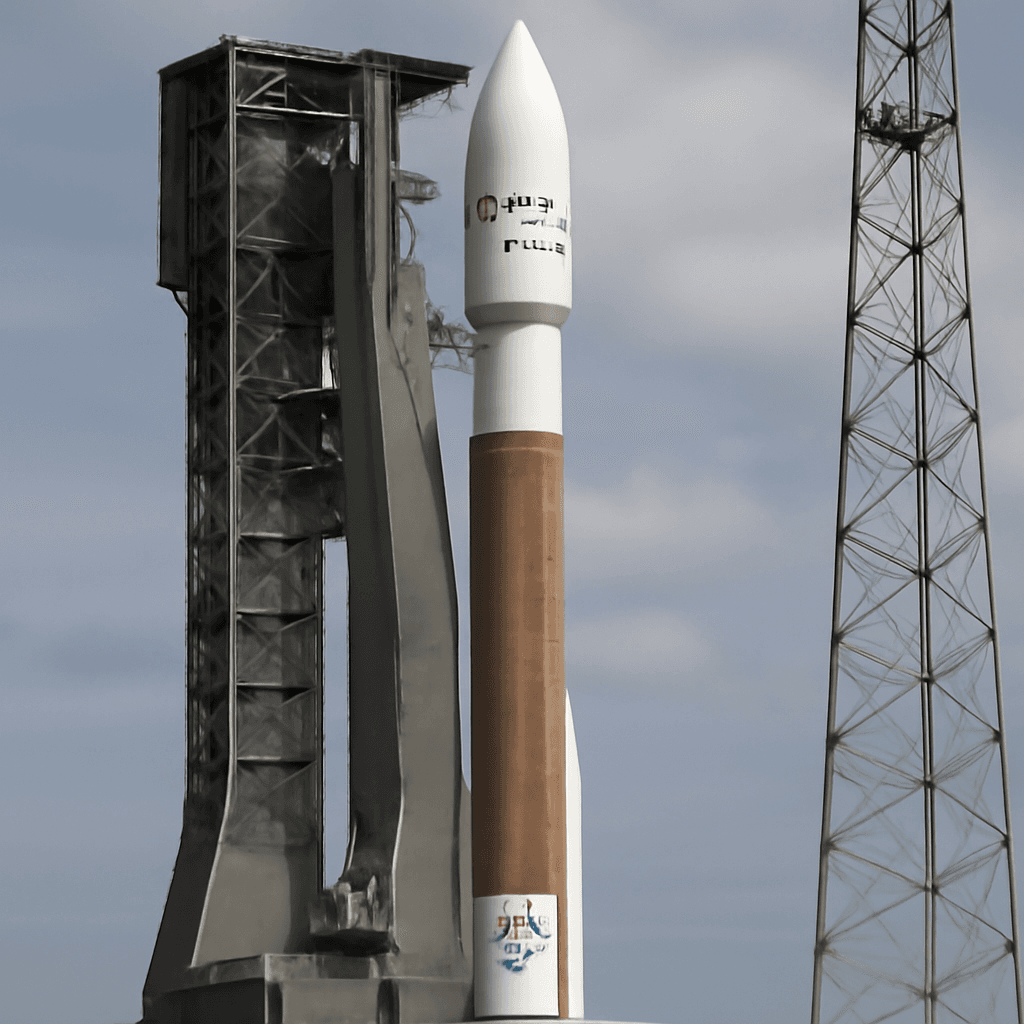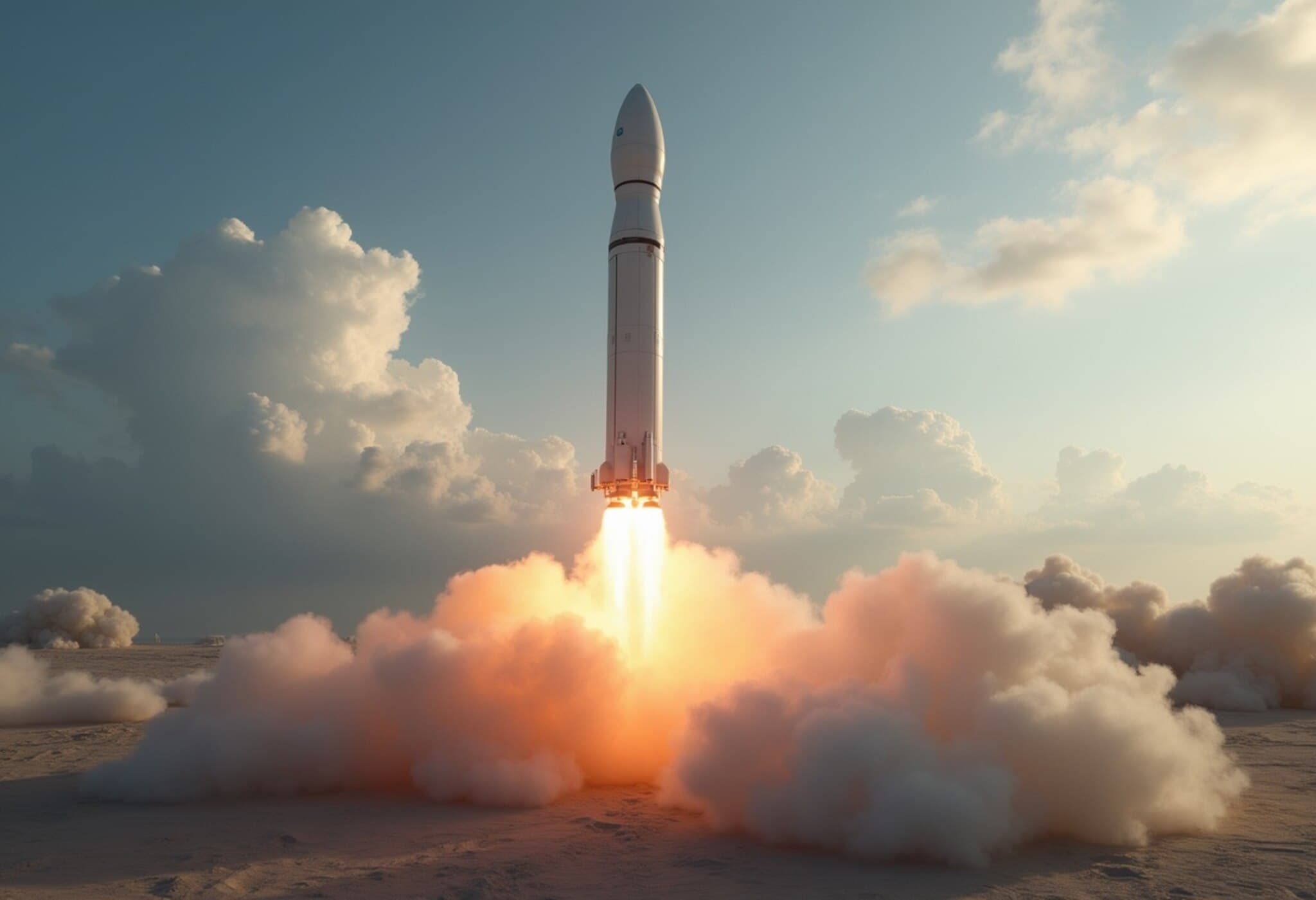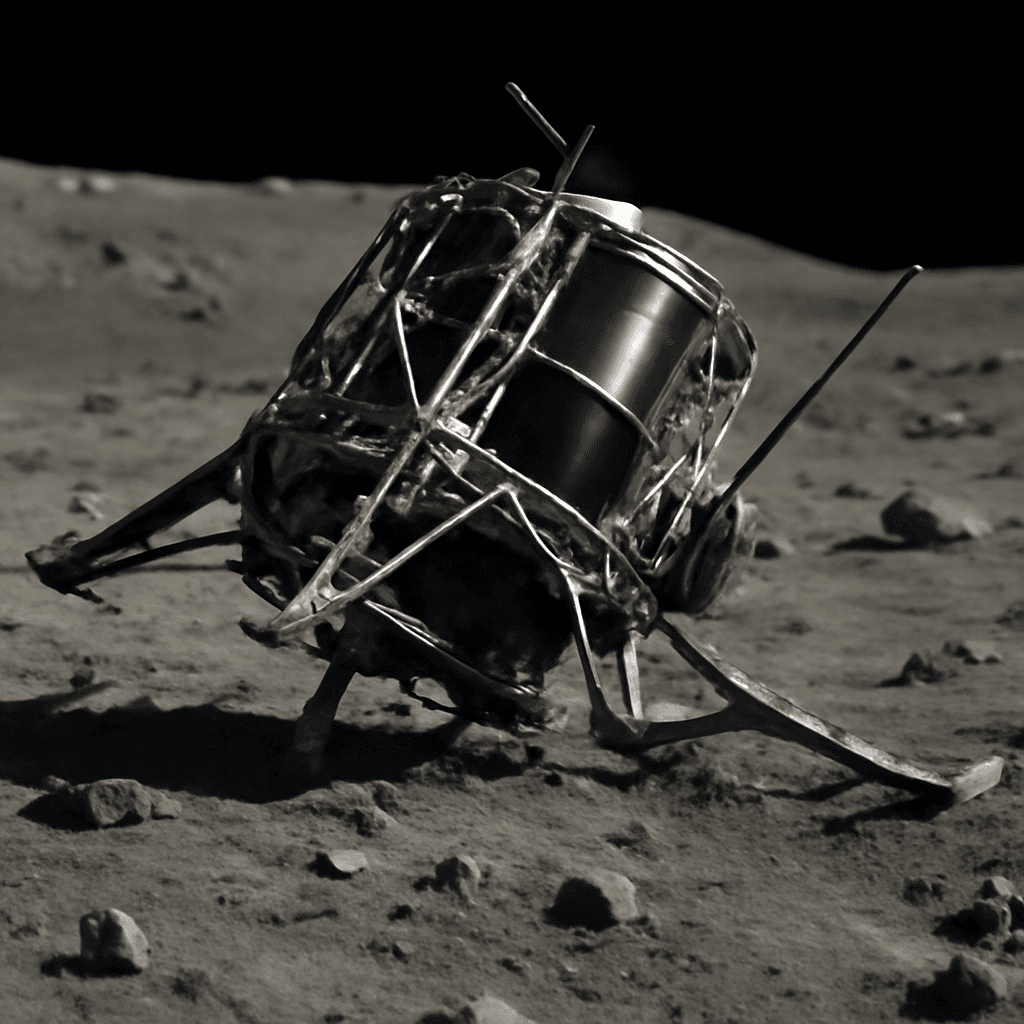European Satellites Stage Groundbreaking Artificial Solar Eclipse
In a pioneering feat, two European satellites have successfully recreated the experience of a total solar eclipse from space, offering scientists extended opportunities to study the sun’s elusive corona. The European Space Agency (ESA) unveiled captivating images of this milestone during the Paris Air Show, showcasing a mission that is rewriting how we observe solar phenomena.
How the Artificial Eclipse Works
Launched in late 2024, the Proba-3 mission utilizes two cube-shaped satellites, each smaller than 5 feet (1.5 meters) wide, flying in precise tandem about 492 feet (150 meters) apart. One satellite acts as a blocker, perfectly obscuring the sun much like the moon does during a natural eclipse. Meanwhile, the second satellite's telescope focuses on the corona—the sun’s outer atmosphere known for its faint, glowing halo.
Precision Flying Behind the Scenes
This intricate orbital ballet demands extraordinary accuracy, with the satellites maintaining their distance within a millimeter—roughly the width of a fingernail. Autonomous navigation systems, including GPS, star trackers, lasers, and radio links, coordinate this stunning display with precision unmatched in spaceflight history.
Scientific Milestones and Expectations
With a budget of approximately $210 million, the Proba-3 satellites have already orchestrated 10 successful artificial solar eclipses during their testing phase. The longest eclipse extended up to five hours, dramatically eclipsing the fleeting few minutes offered by natural solar eclipses on Earth.
According to Andrei Zhukov, lead scientist from the Royal Observatory of Belgium, the team expects to achieve up to six hours of totality per eclipse once full scientific operations commence in July. Zhukov expressed awe at the mission’s early results, noting the unprecedented clarity of the corona images even without specialized image processing.
Extended Observations, Unrivaled Data
The mission plans to generate approximately two artificial eclipses per week, accumulating close to 200 eclipses and over 1,000 hours of totality throughout its two-year lifespan. This represents an enormous leap compared to traditional solar eclipses, which occur only once every 18 months on average, with totality lasting mere minutes.
Why Studying the Corona Matters
The sun’s corona remains a scientific enigma, hotter than the visible surface and the source of massive bursts of plasma and magnetic fields called coronal mass ejections. These events can trigger geomagnetic storms that disrupt power grids and communication networks on Earth while creating dazzling auroras at lower latitudes.
Advancing Solar Research with Unique Satellite Formation
While earlier missions from ESA and NASA have produced eclipse-like observations, they always combined the zeroing disk and telescope in a single satellite. Proba-3 breaks new ground by separating these components across two satellites flying in formation—a design that grants scientists an enhanced view of the corona, especially its region adjacent to the solar limb.
ESA’s mission manager Damien Galano emphasized, “We are extremely satisfied by the quality of these images, which is a testament to the unprecedented precision of our formation flying technology.”
The Road Ahead
As Proba-3 continues to push the boundaries of solar observation, its innovative approach promises to unlock deeper insights into the sun’s dynamic atmosphere. By transforming the way eclipses are studied, this mission may pave the way for better understanding and forecasting of solar weather impacts here on Earth.

